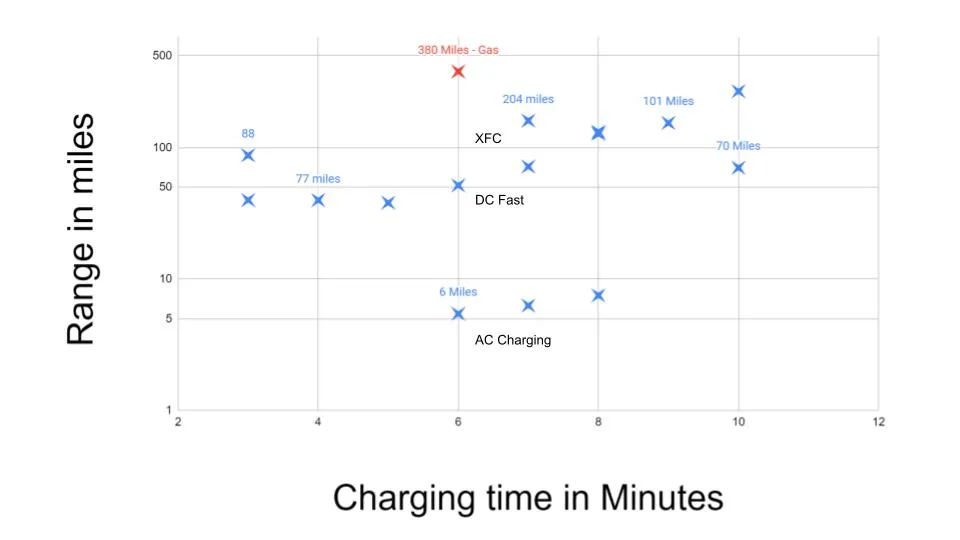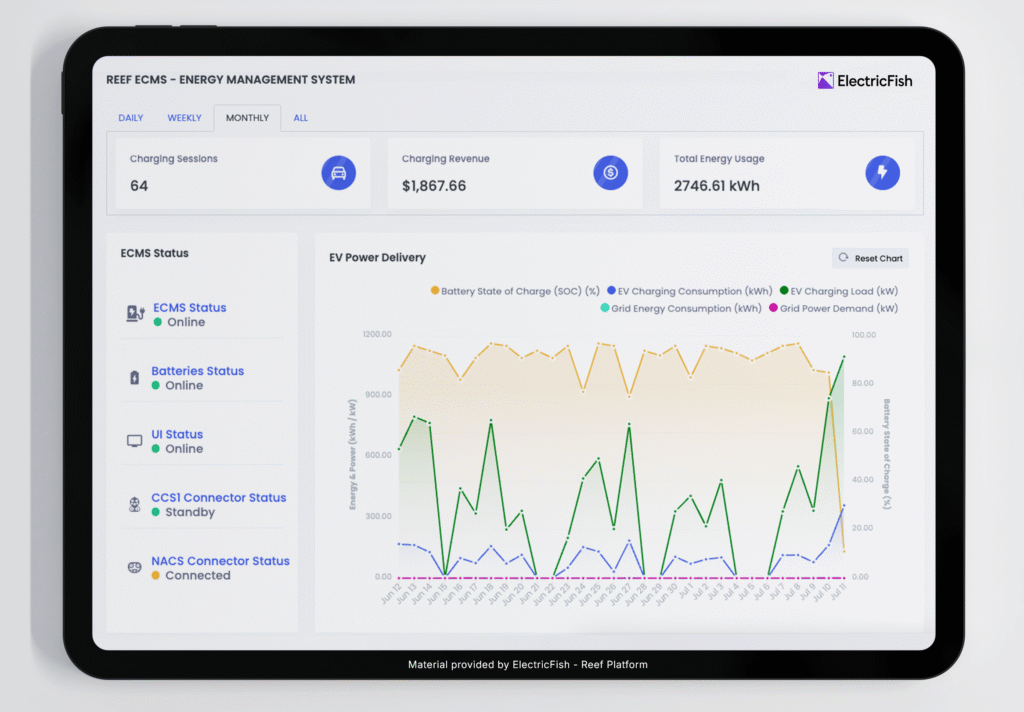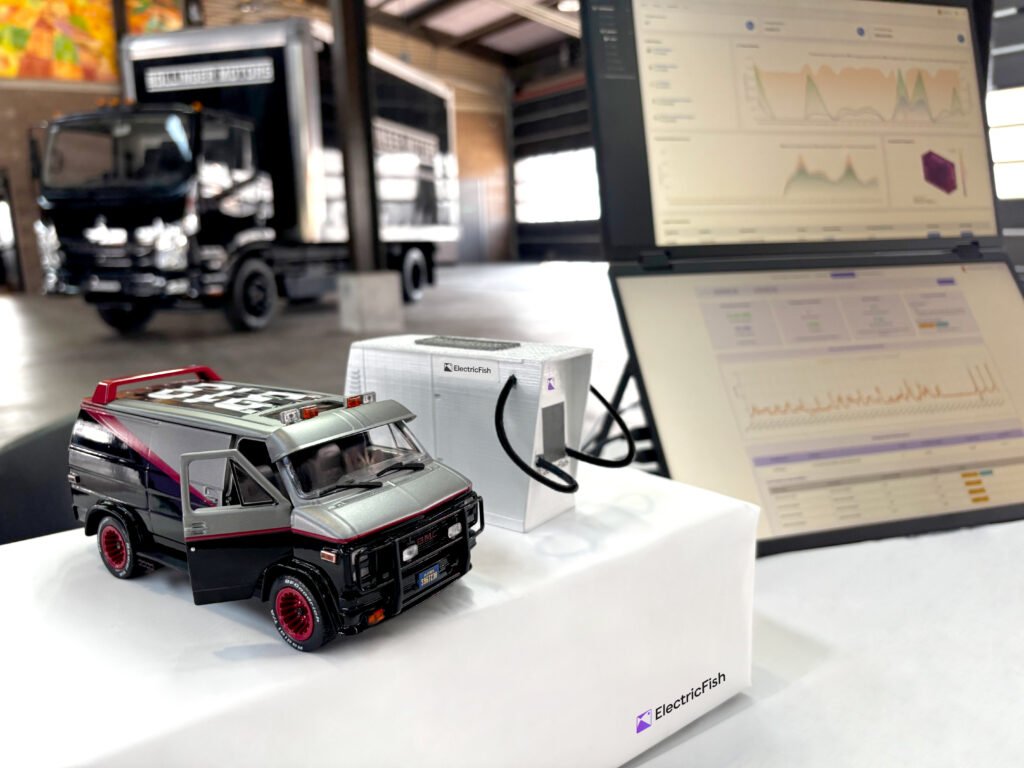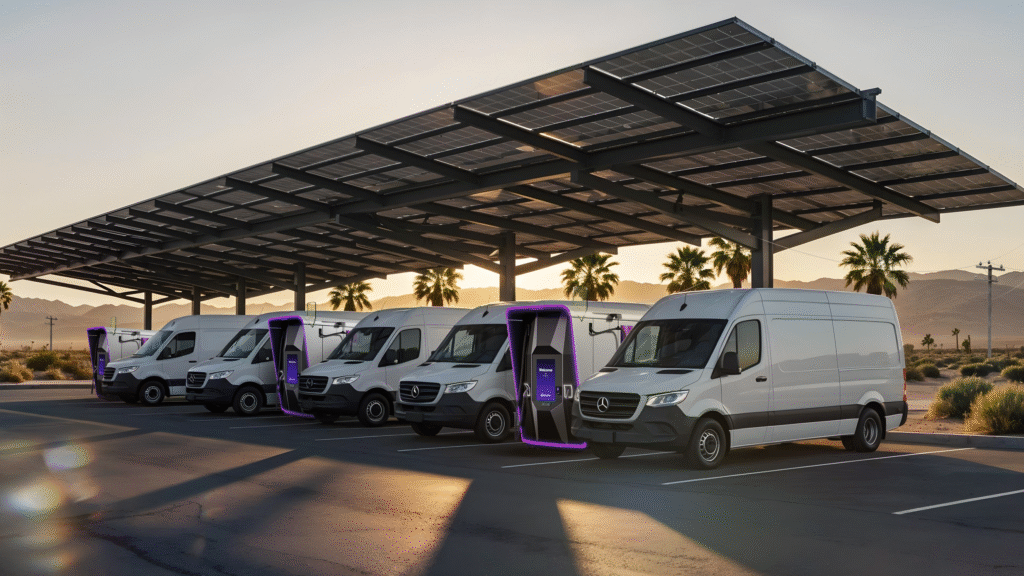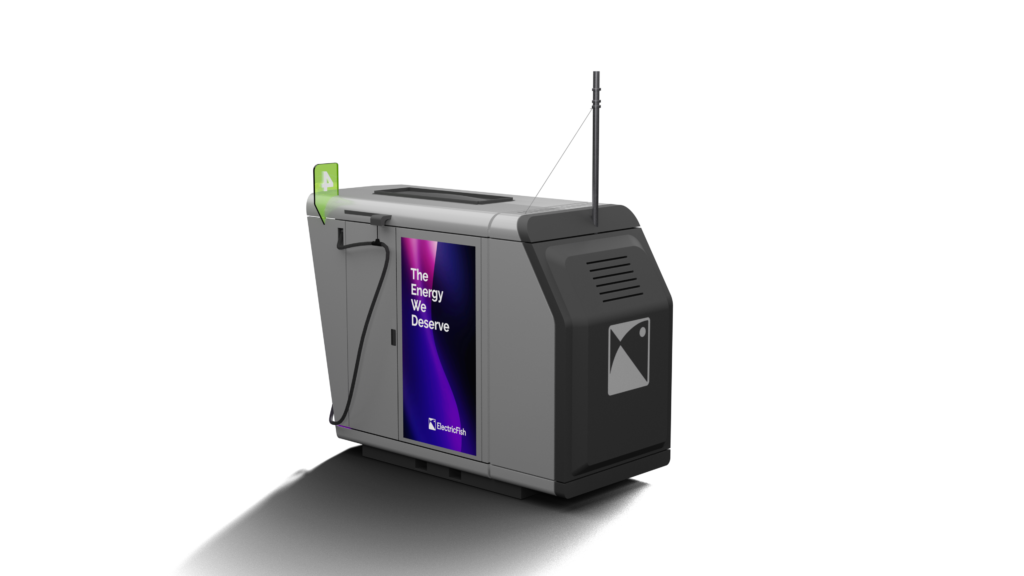What are the EV charging options today and how they stack up against a gas station experience?
In the current charging landscape, there are 2 charging options: Power from the grid, that is Alternating Current, or AC power, and Direct Current, or DC Fast charging. AC charging provides power to the on-board charger of the vehicle, converting that AC power to DC in order to enter the battery. Meanwhile, DC Fast Charging bypasses the on-board charger and conversion by providing DC power to the battery directly.
AC power is the slower form of charging (anywhere from 0–22 kW), and is divided into two levels. Level 1 charging uses a common 120-Volt household outlet and is the slowest way to charge an EV, adding between 3 and 5 miles of range per hour. Level 2 charging uses a 208-Volt to 240-Volt connection, and delivers between 12 and 80 miles of range per hour.
Level 3 charging is the fastest option, and uses Direct Current or DC power. Level 3 charging speeds are a big jump from Level 2, providing anywhere from 3 to 20 miles per minute.
The lack of standardization becomes apparent as Level 3 is further subdivided into different groups. Alternately labeled “high-speed”, “ultrafast” or “extreme-fast (XFC)”, there is a lack of clarity on what these terms actually mean, and parsing marketing jargon from technical terms can be a difficult task.
DC Fast Charging is generally accepted as anything above 50 kW charging speed, but the jump from a 50 kW charging speed to 350 kW could mean the difference between a 35 minute charging session and a 5 minute session.
For consumers on the fence about EV adoption, knowing they have the option to recharge at a similar rate to what they expect at the gas pump could make a critical difference.
Actual charging times are dependent on the battery size of each vehicle, and these extreme-fast chargers must be able to accommodate for all vehicle types and meet each vehicle at its specific battery capacity.
Comparing the gas refueling process with a 350 kW charging speed for a new, higher-powered EV like the Lucid Air, 10 minutes of charging time would provide 170 miles of range.
Offering publicly available vehicle charging at this rate means a faster, more efficient experience for drivers, but also for the municipalities funding them.
A report last year from Atlas Public Policy stated that the total required investment into public charging could be reduced by deploying fewer but higher-power DCFCs: 350 kW compared to 150 kW or lower, translating to a savings of needed investment in public charging from 2021–2030 of $13 billion.
If we hope to follow through on the promises made for EV adoption, we should expect reliable, extreme-fast charging to be a part of that equation. Notably, the U.S. DOE has made it a priority to “research, develop, and demonstrate innovative technologies and designs to significantly reduce the cost of electric vehicle supply equipment for DC Fast Charging that will be needed in large numbers to support high volumes of EVs.” Now the challenge is to ensure that the public receives the reliable fast charging speeds it deserves.
…
This was originally posted on Medium
https://medium.com/electricfish/gasoline-refueling-vs-extreme-fast-charging-xfc-59356963c6b1
References
https://pod-point.com/guides/driver/how-long-to-charge-an-electric-car
https://www.govtech.com/fs/ultra-fast-ev-charging-is-actually-cheaper-than-slower-versions
https://www.wired.com/story/can-super-fast-battery-charging-fix-the-electric-car
https://www.rac.co.uk/drive/electric-cars/charging/electric-car-charging-speeds
https://insideevs.com/news/567714/lucid-air-fast-charging-comparison
https://driving.ca/features/feature-story/motor-mouth-extremely-fast-charging-is-on-the-horizon
